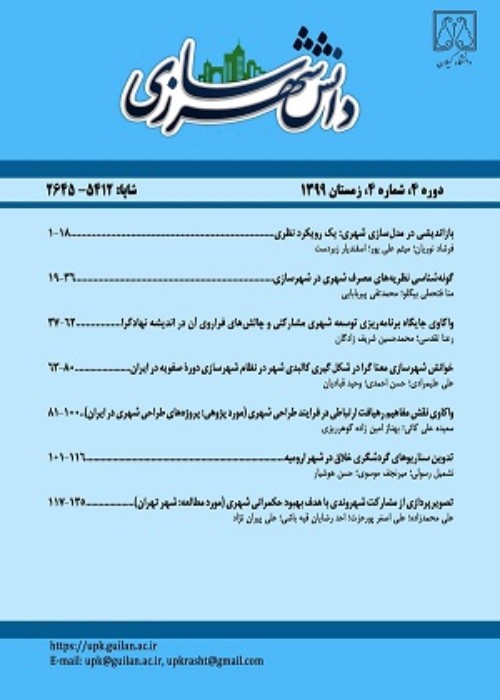Theoretical Interaction of Principles and Indicators of Urban Design in Adaptation to Climate Change and Redefining Its Position
Climate change and sustainability have become the biggest challenges of the present era since the 1970s. Among the elements of human construction that are effective in climate change, cities are the first priority. At present, climate change and its effects have accounted for a wide range of urban and urban issues Cities occupy a very small percentage of the planet, but consume an extraordinary share of its resources. The impact of urban development (building and transportation) on climate change in developed countries is up to about 60% and in developing countries is about 80%. This trend shows the importance of cities and the design of cities in the phenomenon of climate change. One of the theories of climate change is the impact of humans on the natural environment. Urbanization is contributing to climate change by changing energy consumption due to increased greenhouse gas emissions. However, the theoretical foundations for sustainable urbanization are very limited, and on the other hand, the issue of increasing the rate of climate change has left this challenge as the world's biggest concern.
The purpose of this paper is to redefine the interactive principles of urban design and the phenomenon of climate change and introduce its indicators in the design structure.
Techniques used in this approach are qualitative content analysis using two-stage Delphi method by semi-structured and closed questionnaires from 25 expert opinions and quantitative evaluation using network analysis.
The result of the present study is to redefine the principles of urban design in urban elements (buildings/natural open spaces, public open spaces, streets and passages as urban space /exchange and transportation space), to introduce design indicators and metrics for each principle. It includes climate comfort, pollution reduction, bed and field coordination, renewable energy use and environmental protection.
This article discusses that climate change and urban design has a two-way interaction, and in order to control climate change, its indicators should be considered in urban design.
- حق عضویت دریافتی صرف حمایت از نشریات عضو و نگهداری، تکمیل و توسعه مگیران میشود.
- پرداخت حق اشتراک و دانلود مقالات اجازه بازنشر آن در سایر رسانههای چاپی و دیجیتال را به کاربر نمیدهد.


